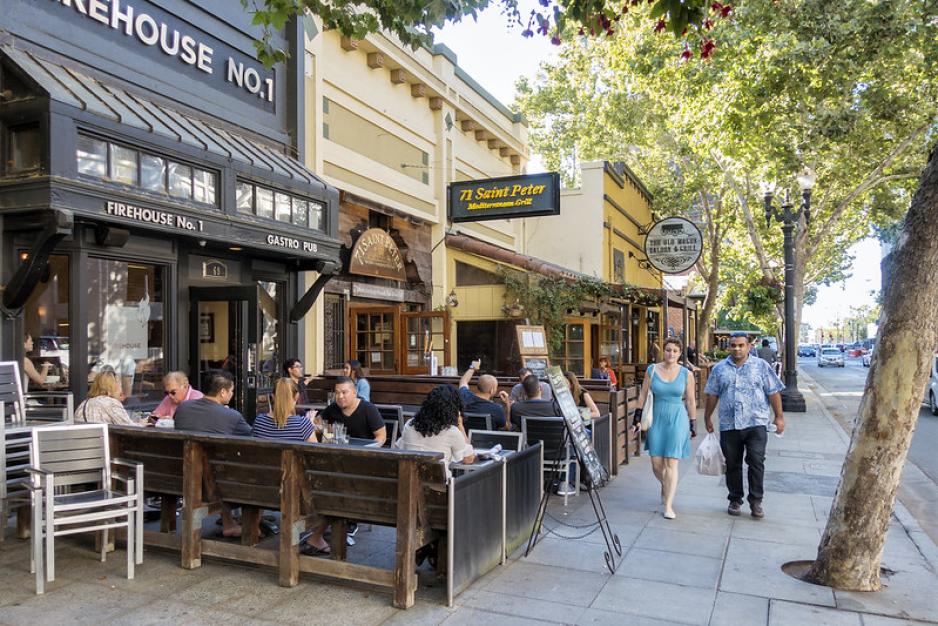Provide flexibility to allow for other types of uses that encourage pedestrian activity without relying solely on retail.
Adjust zoning regulations to allow different nonretail uses (such as co-workspaces, daycare centers, small offices, service-oriented businesses, fitness facilities, restaurants) in ground-floor spaces.
- Establish a flexible retail ordinance to allow and streamline the process for different types of businesses to occupy the same ground-floor space, including pop-up shops.
- Reduce or eliminate requirements for ground-floor retail in new multistory developments to avoid generating an oversupply of retail.
Body
